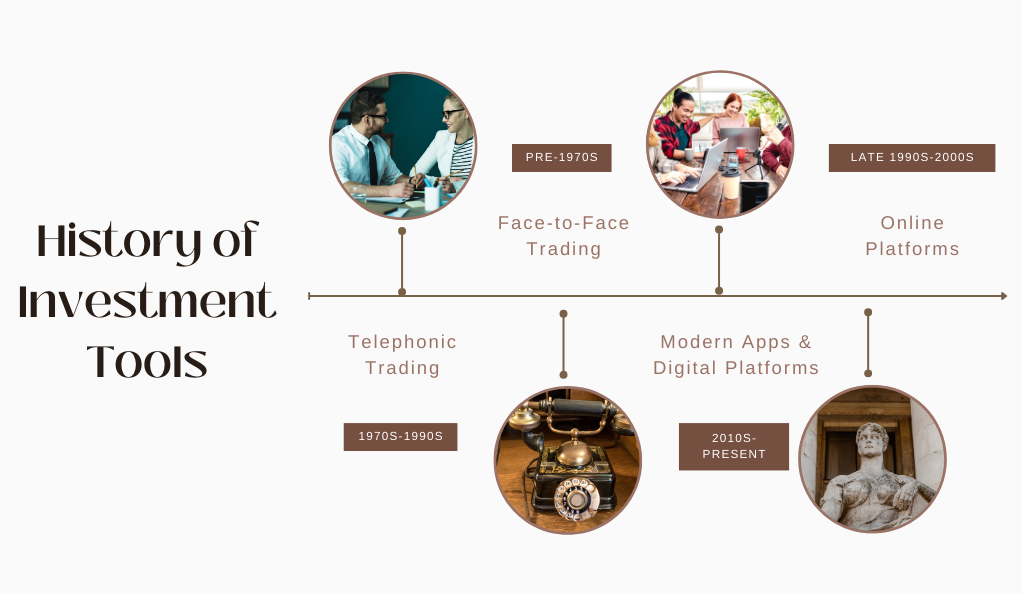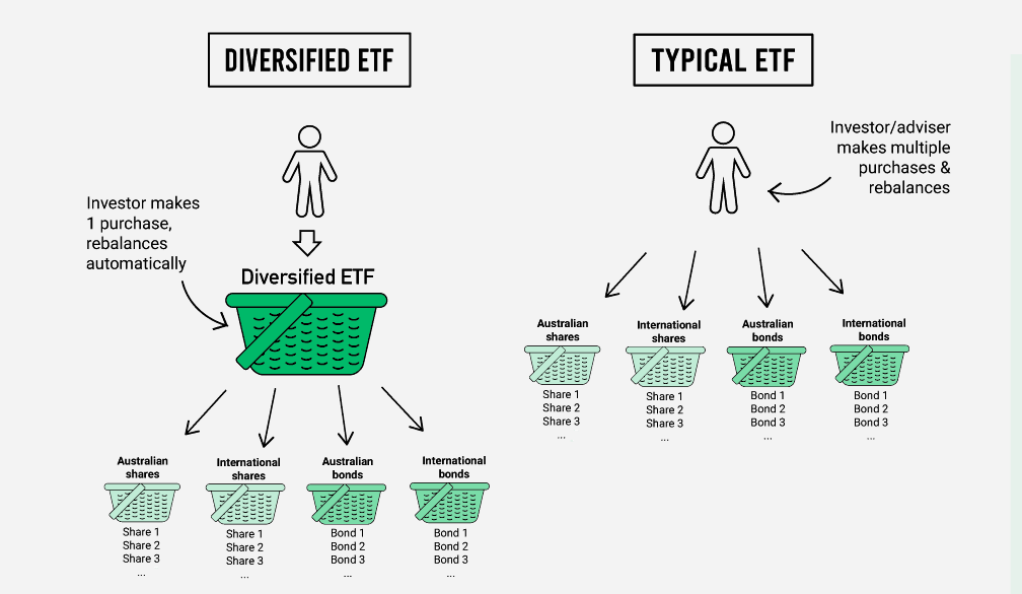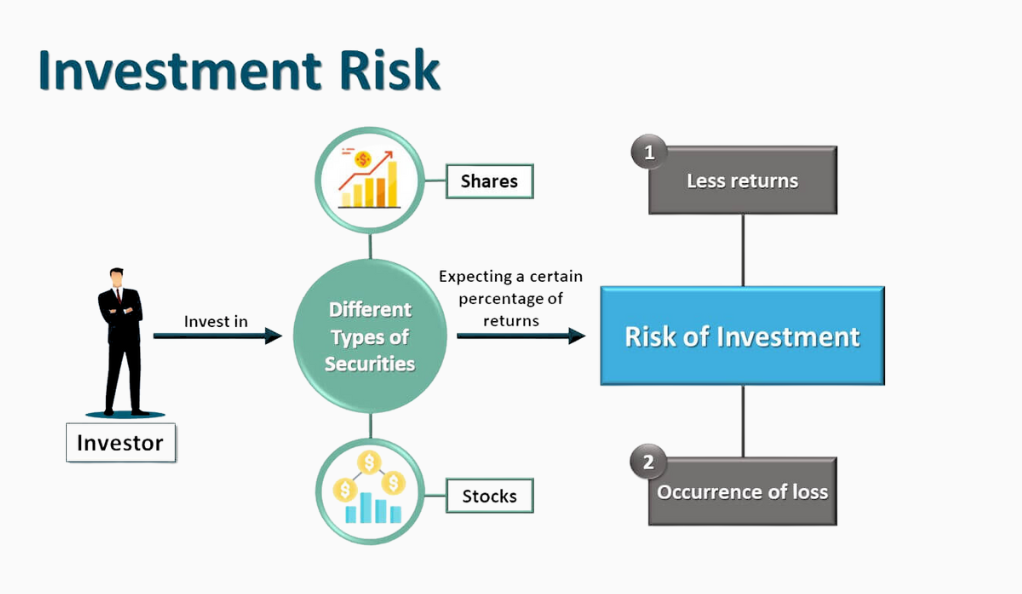In the ever-evolving world of finance, the tools and platforms available for investors have undergone significant transformations. Gone are the days when investing was limited to stock market floor trading or lengthy consultations with financial advisors. Today, the landscape is dominated by a plethora of digital tools, platforms, and apps designed to cater to the modern investor’s every need. These tools not only simplify the investment process but also democratize it, making it accessible to everyone, regardless of their financial background or knowledge.
A Brief History of Investment Tools
To appreciate the modern tools, it’s essential to take a brief look back. Traditional investment began with face-to-face stock trading, where brokers shouted orders across the trading floor. As technology advanced, we saw the rise of telephonic trading, followed by online platforms in the late 1990s and early 2000s. These platforms provided investors with more autonomy, allowing them to make trades without a middleman.
| Era | Investment Method | Key Features |
|---|---|---|
| Pre-1970s | Face-to-Face Trading | – Stock market floor trading – Broker-mediated |
| 1970s-1990s | Telephonic Trading | – Direct communication with brokers |
| Late 1990s-2000s | Online Platforms | – Self-directed trading – Real-time data |
| 2010s-Present | Modern Apps & Digital Platforms | – AI-driven insights – Micro-investing |

The Modern Investment Landscape
Fast forward to today, and the investment world is at our fingertips. With smartphones and internet connectivity, modern investors have access to a range of tools that offer real-time data, AI-driven insights, and even the ability to invest spare change. These tools are not just limited to traditional stocks and bonds. They encompass a wide range of assets, including cryptocurrencies, ETFs, and more.
Moreover, the modern tools prioritize user experience, ensuring that even those new to investing can navigate the platforms with ease. Features like intuitive dashboards, educational resources, and predictive analytics empower users to make informed decisions.
Why Staying Updated Matters
In this rapidly changing financial environment, staying updated with the latest tools and platforms is not just a matter of convenience—it’s a necessity. Modern investment tools offer efficiency, speed, and flexibility, allowing investors to capitalize on market opportunities like never before. Additionally, with the rise of globalized markets, these tools provide insights and access to international assets, ensuring a diversified portfolio.
Micro-Investing Apps: The Power of Spare Change
In today’s fast-paced world, every penny counts. But what if those pennies, when accumulated, could lead to substantial financial growth? Enter the world of micro-investing—a revolutionary approach that’s making waves in the investment community.
Understanding Micro-Investing
Micro-investing is a financial strategy that allows individuals to invest small amounts of money—often just spare change—into diversified portfolios. Instead of waiting to accumulate a significant sum to start investing, micro-investing apps enable users to begin their investment journey with as little as a few cents.
Popular Micro-Investing Platforms
Two of the most notable players in this space are Acorns and Stash.
- Acorns: This app automatically rounds up your everyday purchases to the nearest dollar and invests the difference. For instance, if you buy a coffee for $4.75, Acorns will round it up to $5 and invest the 25 cents difference into a diversified portfolio.
- Stash: Similar to Acorns, Stash offers a round-up feature. However, it also provides themed investment options, allowing users to invest in sectors or causes they’re passionate about, such as clean energy or tech innovations.
Benefits of Micro-Investing
- Accessibility: Micro-investing breaks down the financial barriers to entry, allowing individuals who might not have substantial savings to start investing.
- Habit Formation: By investing small amounts regularly, users develop a consistent saving and investing habit, which can benefit them in the long run.
- Diversification: Despite the small amounts, these apps invest in diversified portfolios, spreading the risk and increasing the potential for returns.
- Educational Resources: Many micro-investing apps come equipped with tutorials, articles, and other educational resources, helping novice investors understand the market better.
Traditional Online Brokers vs. Modern Apps
The investment landscape has seen a dramatic shift over the past two decades. While traditional online brokers laid the groundwork for digital investing, modern apps have taken the baton, introducing a slew of innovative features and user-centric designs. Let’s delve into the nuances of both and understand their unique offerings.
Traditional Online Brokers: The Pioneers of Digital Investing
Traditional online brokers, such as E*TRADE, Charles Schwab, and TD Ameritrade, revolutionized the investment world in the late 1990s and early 2000s. They provided a platform for investors to manage their portfolios, conduct research, and execute trades without the need for a physical broker.
Key Features of Traditional Brokers:
- Comprehensive Research Tools: These platforms often come equipped with in-depth research tools, including market analysis, expert opinions, and advanced charting capabilities.
- Diverse Investment Options: From stocks and bonds to mutual funds and ETFs, traditional brokers offer a wide range of investment vehicles.
- Robust Security: With years in the industry, these platforms have developed strong security protocols to protect user data and funds.
- Educational Resources: Many traditional brokers offer webinars, courses, and articles to educate their users about the intricacies of the financial world.
Modern Investment Apps: The New Age of Investing
Modern investment apps, like Robinhood, SoFi, and Betterment, have redefined the investment experience for the digital age. They prioritize user experience, simplicity, and accessibility.
Key Features of Modern Apps:
- User-Friendly Interface: Designed with the modern user in mind, these apps boast intuitive dashboards, easy navigation, and sleek designs.
- Micro-Investing: As discussed in the previous section, many modern apps offer micro-investing features, allowing users to invest with minimal amounts.
- AI-Driven Insights: Leveraging the power of artificial intelligence, some apps provide personalized investment recommendations and predictive analytics.
- Social Investing: Platforms like eToro allow users to follow and replicate the investment strategies of experienced traders, fostering a community-driven approach.
Which One is Right for You?
The choice between traditional online brokers and modern apps boils down to individual preferences and investment goals. If you’re looking for comprehensive research tools and a broader range of investment options, traditional brokers might be the way to go. On the other hand, if you prioritize user experience, simplicity, and modern features, then modern apps could be your best bet.
Diversifying with ETFs: A Modern Approach to Investment
Exchange-Traded Funds, commonly known as ETFs, have become a cornerstone in the portfolios of many modern investors. Offering a blend of simplicity, diversification, and flexibility, ETFs are reshaping how individuals approach their investment strategies.

What are ETFs?
At its core, an ETF is a type of fund that holds multiple assets, such as stocks, bonds, or commodities. Much like a mutual fund, it pools together the money of several investors to purchase a diversified portfolio. However, unlike mutual funds, ETFs are traded on stock exchanges, similar to individual stocks.
Why are ETFs Gaining Popularity?
- Diversification: With a single purchase, investors can gain exposure to a wide array of assets. This diversification can help mitigate risks associated with individual stocks or sectors.
- Liquidity: Since ETFs are traded on stock exchanges, they can be bought or sold throughout the trading day at market prices.
- Lower Fees: Generally, ETFs have lower expense ratios compared to traditional mutual funds, making them a cost-effective investment option.
- Flexibility: Investors can employ various strategies with ETFs, such as short selling or buying on margin.
- Transparency: Most ETFs disclose their holdings daily, allowing investors to know exactly what assets are in the fund.
How Modern Apps are Simplifying ETF Investments
Modern investment apps have played a pivotal role in the rising popularity of ETFs. Here’s how:
- Easy Access: Platforms like Robinhood and Betterment allow users to invest in ETFs with just a few taps, eliminating the complexities often associated with traditional platforms.
- Educational Resources: Many apps offer resources to help novice investors understand the benefits and risks associated with ETFs.
- Robo-Advisors: Platforms like Wealthfront and Betterment use algorithms to create personalized ETF portfolios based on an individual’s risk tolerance and investment goals.
Cryptocurrency: The Digital Gold
In the vast realm of modern investment tools, few have garnered as much attention, debate, and intrigue as cryptocurrency. Often hailed as the ‘money of the future’, cryptocurrencies represent a radical departure from traditional financial systems, offering a decentralized, digital alternative.
Understanding Cryptocurrency
At its essence, a cryptocurrency is a digital or virtual form of currency that uses cryptography for security. Unlike traditional currencies issued by governments (like the US dollar or the euro), cryptocurrencies operate on a technology called blockchain—a decentralized technology spread across many computers that manage and record transactions.
The Rise of Bitcoin and Beyond
- Bitcoin: Launched in 2009 by an anonymous entity known as Satoshi Nakamoto, Bitcoin was the first cryptocurrency and remains the most well-known and valuable one. It introduced the concept of blockchain to the world and paved the way for other digital currencies.
- Altcoins: Following Bitcoin’s success, numerous other cryptocurrencies, often referred to as ‘altcoins’, emerged. Some of the notable ones include Ethereum, Ripple (XRP), Litecoin, and Cardano.
Why Invest in Cryptocurrency?
- Potential for High Returns: Cryptocurrencies have shown the capability for dramatic price increases over short periods. Early investors in Bitcoin, for instance, saw massive returns.
- Diversification: Adding cryptocurrency to a portfolio can provide diversification, potentially reducing risk.
- Decentralization: Cryptocurrencies operate independently of central banks, offering a system free from government interference.
- Innovation: Investing in cryptocurrencies can also be seen as investing in the future of technology, particularly blockchain.
Risks Associated with Cryptocurrency
While the allure of high returns is tempting, cryptocurrencies come with their set of risks:
- Volatility: Cryptocurrency prices can be highly volatile. Rapid and significant price changes can be commonplace.
- Regulatory and Security Issues: The regulatory environment for cryptocurrencies is still evolving and can vary by jurisdiction. Additionally, while the blockchain itself is secure, cryptocurrency exchanges can be vulnerable to hacking.
- Lack of Fundamental Value: Unlike stocks or bonds, cryptocurrencies don’t generate cash flow or earnings, making traditional valuation methods challenging.
Risk Management in Modern Investing
In the exhilarating world of investments, where the potential for high returns often dazzles investors, understanding and managing risk becomes the cornerstone of a successful investment strategy. As the adage goes, “Do not put all your eggs in one basket.” This wisdom holds especially true in the realm of finance.
Understanding Investment Risk
Investment risk refers to the possibility of losing some or all of the money you’ve invested. It’s the uncertainty related to the return on your investments. While all investments come with some level of risk, the degree can vary significantly based on the asset class and individual investment choices.

Types of Investment Risks:
- Market Risk: The risk of investments declining in value because of economic developments or other events affecting the entire market.
- Liquidity Risk: The risk of being unable to sell an investment at a fair price and get your money out when you want to.
- Credit Risk: The risk that a company or individual will be unable to pay the principal and interest on its debt obligations.
- Inflation Risk: The risk that the rate of inflation will exceed the rate of return on an investment.
- Specific Risk: The risk associated with individual companies.
Modern Tools for Risk Management
The digital age has ushered in a suite of tools and platforms designed to help investors understand and manage risks:
- Robo-Advisors: Platforms like Betterment and Wealthfront use algorithms to assess an individual’s risk tolerance and then allocate assets accordingly.
- Portfolio Analysis Tools: Apps like Personal Capital offer tools that analyze your investment portfolio, providing insights into your exposure to specific risks.
- Diversification Tools: Platforms such as M1 Finance allow investors to build a diversified portfolio easily, spreading out potential risks.
Strategies for Managing Risk
- Diversification: Spreading investments across various asset classes to reduce exposure to any single asset.
- Regular Portfolio Review: Continually reviewing and adjusting your portfolio to ensure it aligns with your investment goals and risk tolerance.
- Setting Clear Investment Goals: Understanding what you want to achieve can help you determine how much risk you’re willing to take.
- Educating Yourself: The more you know about your investments and the risks they entail, the better equipped you’ll be to manage those risks.
Conclusion
The dynamic world of finance and investment has witnessed remarkable transformations, transitioning from traditional face-to-face stock trading to sophisticated, technology-driven platforms. Today’s investors have a plethora of powerful tools at their fingertips, each promising to revolutionize the investment experience. However, with these advancements come new complexities and challenges. It’s essential for modern investors to arm themselves with knowledge, discernment, and a clear vision of their financial objectives.
As we look to the future, groundbreaking innovations in AI, blockchain, and quantum computing beckon, offering unprecedented opportunities and reshaping the investment landscape. These tools, while promising, also underscore the importance of adaptability and continuous learning. Whether a seasoned investor or a novice, the key lies in harnessing these tools judiciously, understanding their potential and limitations, and charting a path forward with both confidence and caution. The horizon of investment is vast and full of promise; it’s up to us to navigate it wisely.
Investdigital is committed to delivering unbiased and reliable information on subjects like cryptocurrency, finance, trading, and stocks. It's crucial to understand that we do not possess the capability to offer financial advice, and we actively encourage users to conduct their own comprehensive research.
Read More



